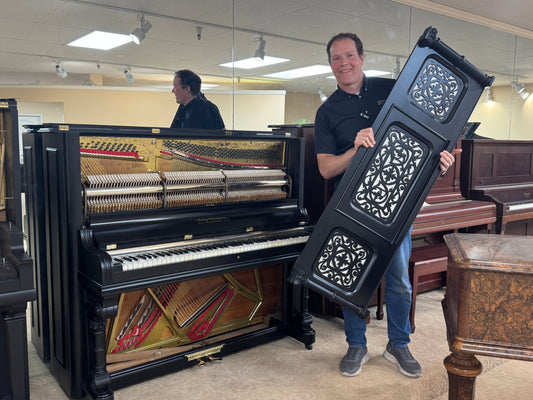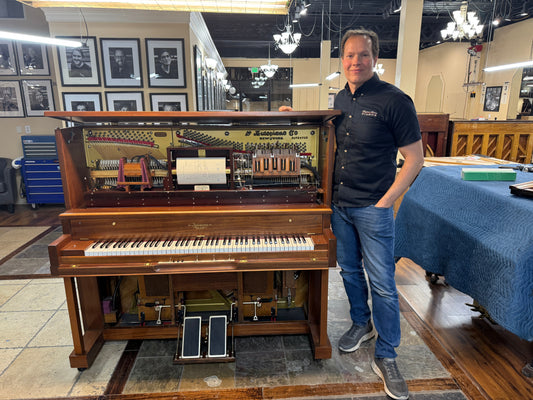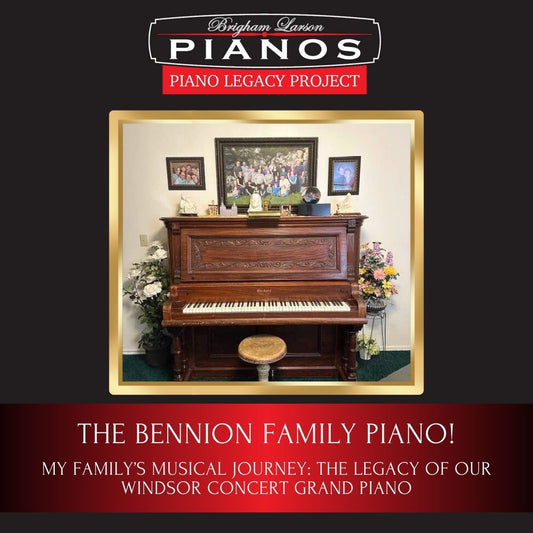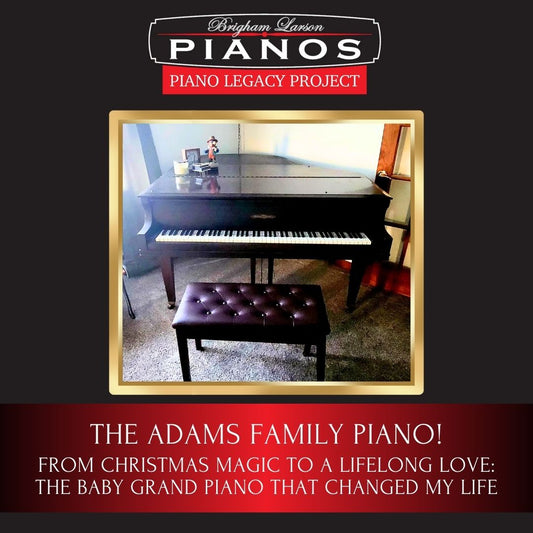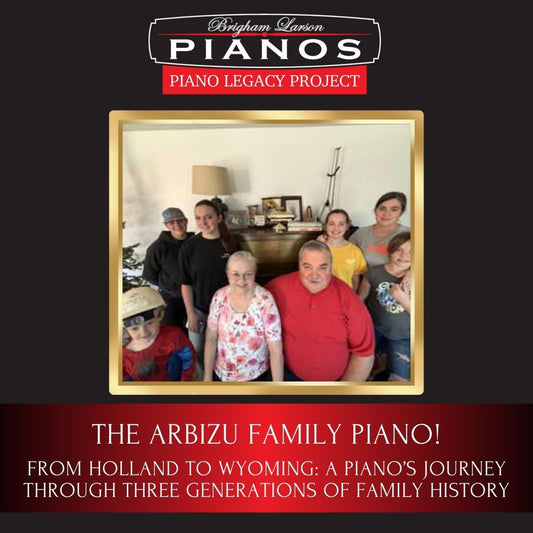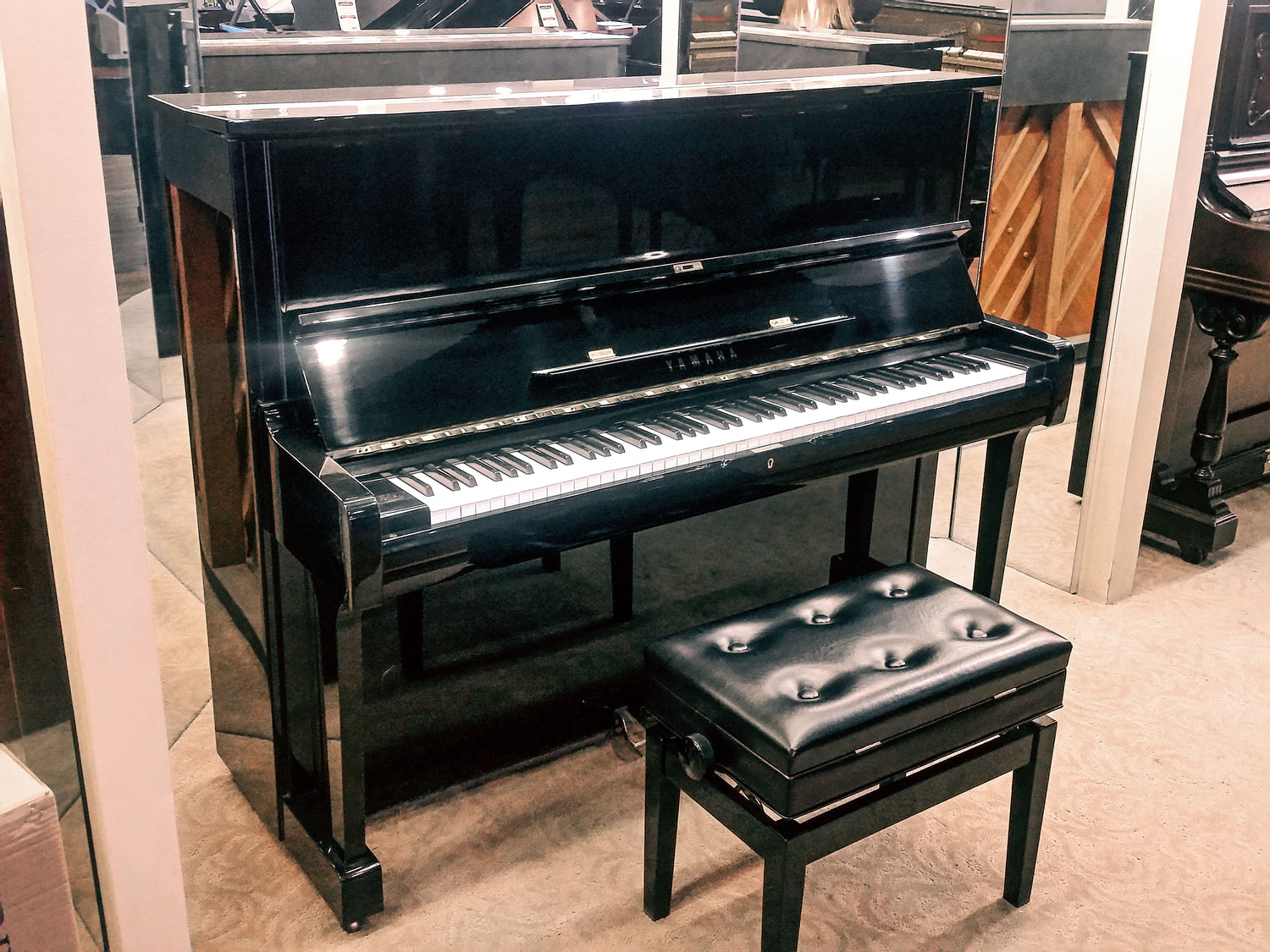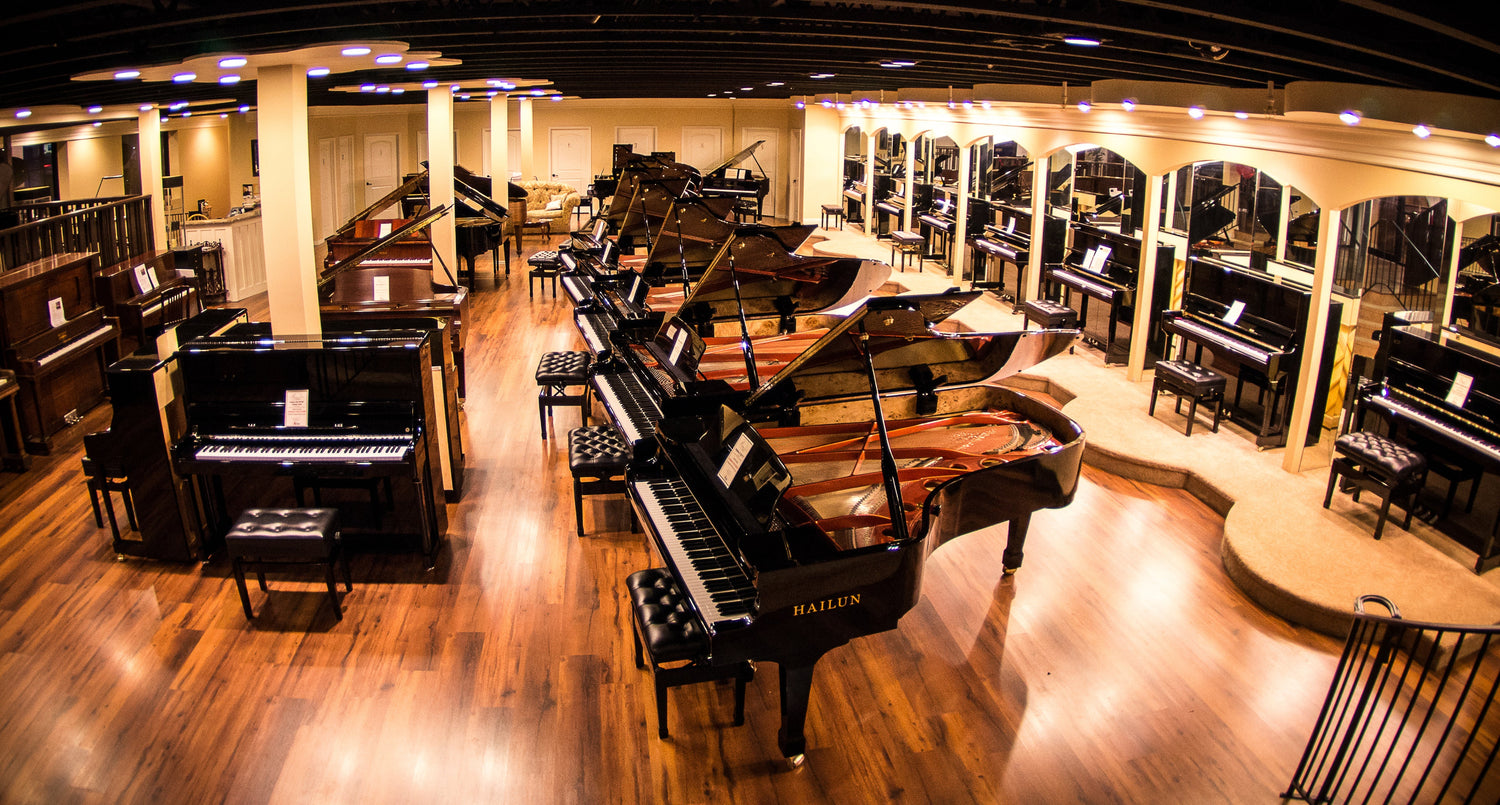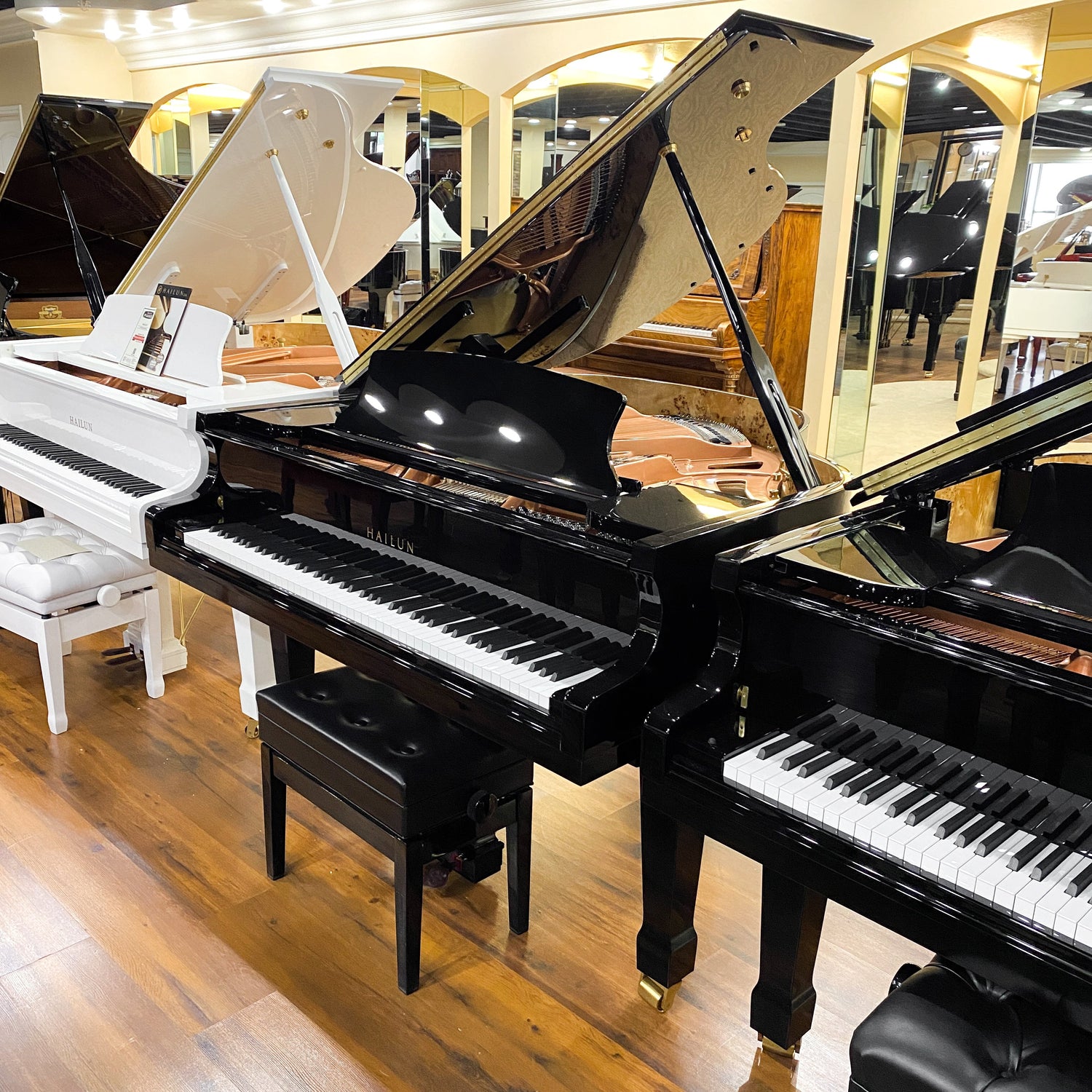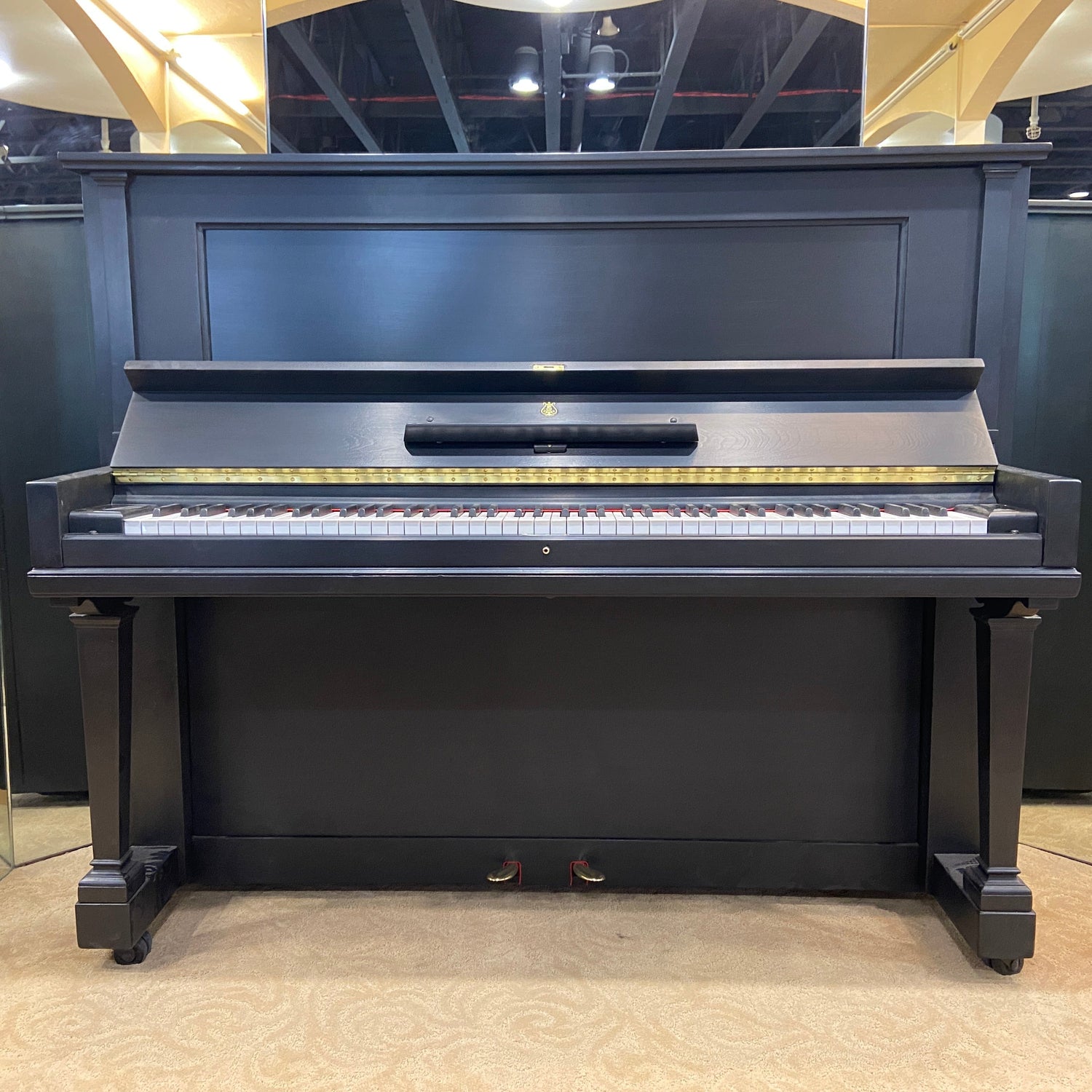
Innovating Piano Restoration with 3D Printing
Brigham Larson PianosShare
Hi everyone! Brigham Larson here from Brigham Larson Pianos. We've received quite a few inquiries about the 3D printing projects we’re working on and their final products, so I thought I’d take a moment to elaborate on our processes. In this video, I showcase how we're using cutting-edge technology to breathe new life into old pianos.
3D Printing in Piano Restoration
One of the most exciting advancements in piano restoration is the use of 3D printing. This technology allows us to replicate parts that are no longer available or are too fragile to repair. For instance, we recently worked on an 1898 piano with double flanges originally made from wood. These parts had become brittle and filthy over time, making them beyond repair. By using 3D printing, we were able to create precise replicas that function just like the originals.
The Process
Here’s a closer look at how we utilize 3D printing in our restoration projects:
- Precision Design with CAD: Using Fusion 360 for CAD (Computer-Aided Design) work, we take precise measurements down to the thousandth of an inch. This ensures that the parts we create are an exact match to the originals. The accuracy provided by CAD is crucial for maintaining the integrity and functionality of the piano.
- 3D Printing: Once the part is designed in CAD, we move on to 3D printing. This technology allows us to produce parts with a high degree of precision and consistency. In the video, you’ll see examples of 3D printed double flanges after they’ve been bushed and fitted with springs. These parts match perfectly compared to the originals, ensuring the restored piano performs as it should.
- Faux Wood Finishing: One of the challenges with 3D printed parts is that plastic doesn’t accept the same stain as wood. To address this, we’re developing techniques to paint these parts to look like faux wood. This involves meticulous finishing work to ensure the parts blend seamlessly with the rest of the piano.
- Additional Examples: Besides double flanges, we’ve also 3D printed missing trim and corner pieces. These components are often intricate and difficult to replicate by hand. 3D printing allows us to produce these parts quickly and accurately, ensuring the restored piano looks and functions beautifully.
The Benefits of 3D Printing in Piano Restoration
- Cost-Effectiveness: 3D printing can significantly reduce the cost of restoring a piano by allowing us to produce parts in-house rather than sourcing rare or custom-made components. This makes restoration more accessible to our clients without compromising on quality.
- Time Efficiency: Traditional methods of creating or sourcing replacement parts can be time-consuming. 3D printing speeds up this process, allowing us to restore pianos more quickly. This is particularly beneficial for complex or hard-to-find components.
- Precision and Consistency: The precision offered by 3D printing ensures that the replicated parts fit perfectly and function just like the originals. This level of accuracy is difficult to achieve with manual methods, especially for intricate or small components.
- Innovation in Restoration: 3D printing opens up new possibilities for piano restoration. We can now tackle projects that were previously deemed too challenging or impractical. This innovation allows us to preserve more pianos and their unique histories.
If you’re interested in learning more about our 3D printing projects or need restoration or moving services for your piano, reach out to us at Brigham Larson Pianos. Call our piano shop and we'll get you scheduled for pick-up! We are regularly arranging piano pick-up and delivery routes around the nation. Let us help you preserve and enhance the beauty and functionality of your beloved instrument. Stay tuned for more updates on our innovative restoration techniques and services!


